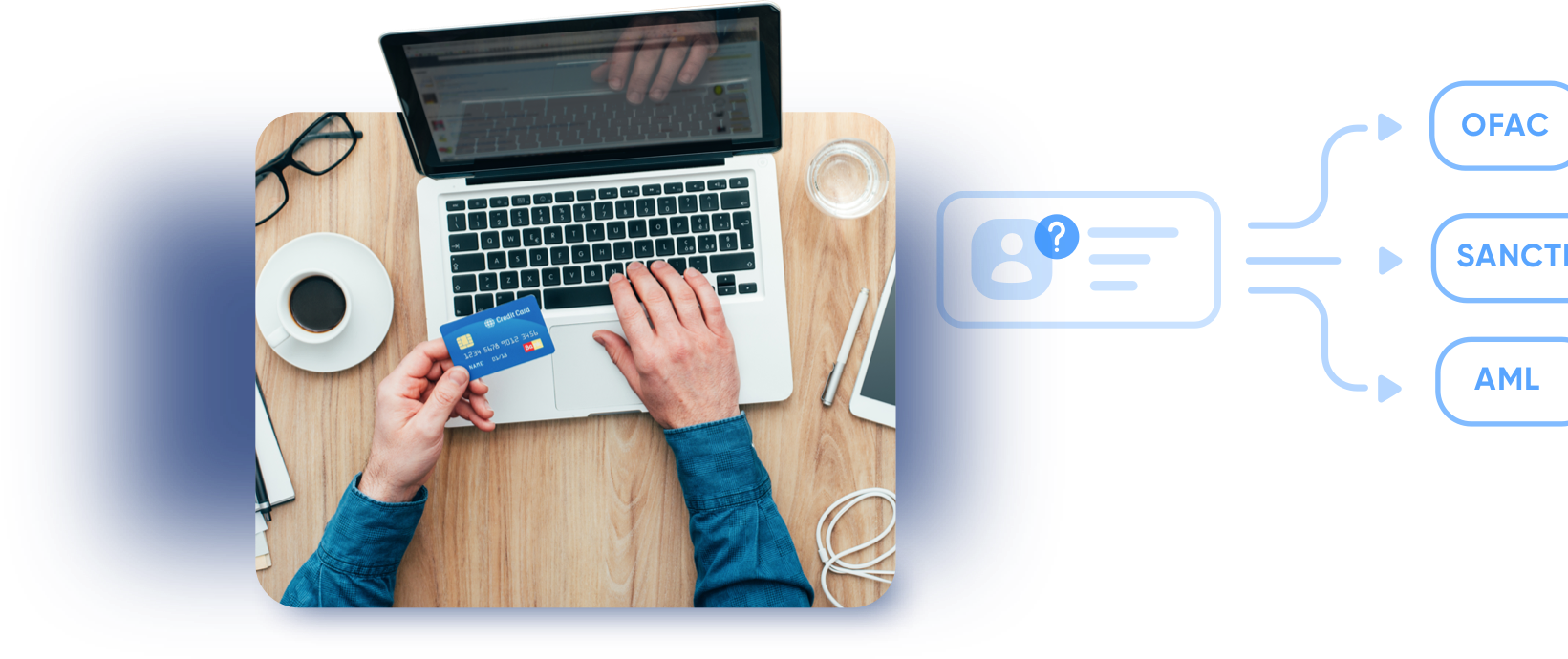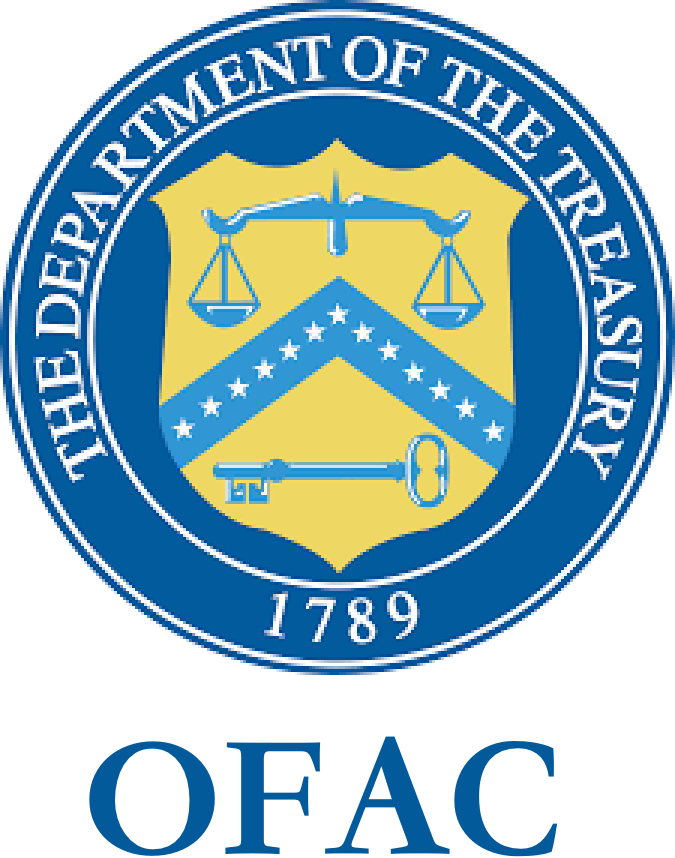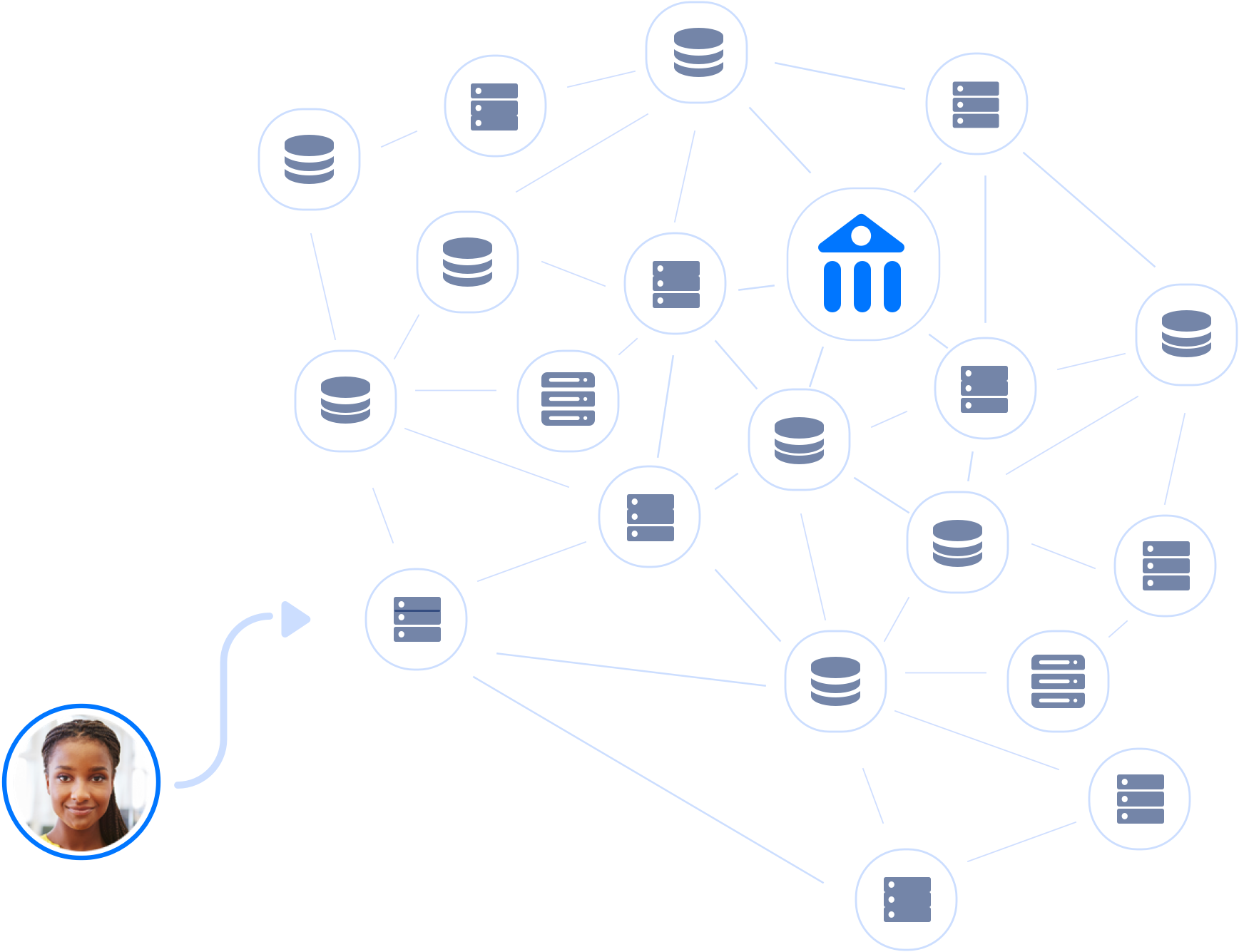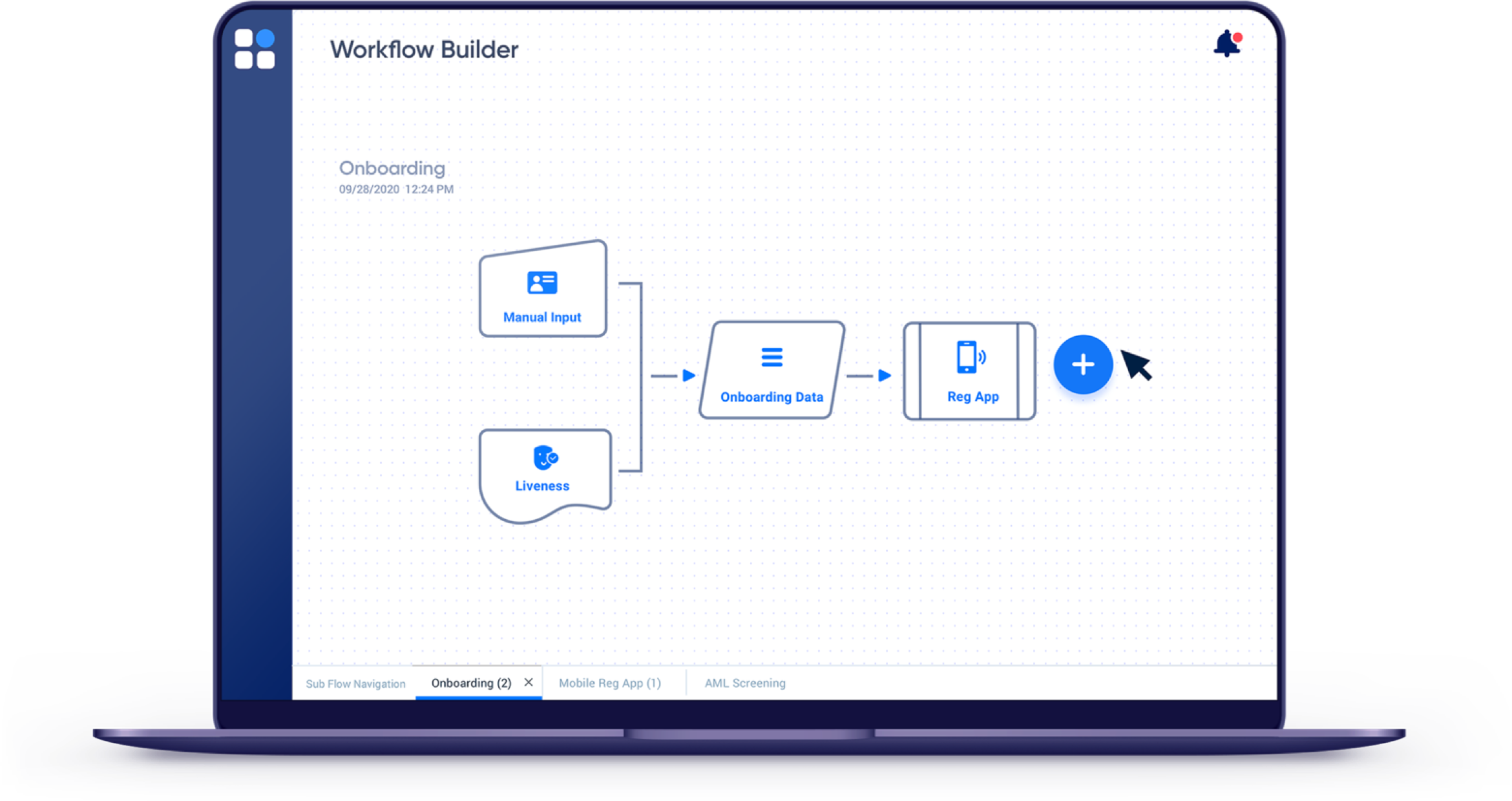Making a New Payment to a Third Party

Transferring Money to a Third Party for the First Time comes with Certain Risks
Transferring funds to unknown third parties is always going to be complicated for both the financial institution and the receiver. In many cases, only basis information is available, making proper due diligence difficult to achieve. These kinds of payments happen frequently in banks on a daily basis, but also to suppliers, other business partners, or when handling claims.
All parties want a transaction to be processed as quickly and easily as possible. However, complying with sanctions regulations is essential, and cannot be ignored. These regulations impose a severe business risk to all parties. With foreign payments for example, risk is exacerbated through the secondary sanctions regime issued by the Department of the Treasury’s Office of Foreign Assets Control (OFAC). In case of a violation, the company violating law risks becoming fined heavily by US authorities.


Manage Complex Sanctions Rules Imposed by US Authorities and others
Financial institutions typically go through the process of identifying and verifying the identity of the client first and foremost. At this point they classify each client into risk categories. They might then deny business for specific reasons or even contact their respective Financial Intelligence Unit (FIU).
Many of these kinds of checks can be in-built into on-premises or legacy systems, locking financial institutions into one way of working. It can be impossible to amend or improve these processes, or cause a lot of manual effort and heavy resource requirements. When changes or updates are attempted, these can take months or even years, and divert budget from other essential areas. Because of this, management often decides to stick to ‘the devil we know’ rather than attempt to make any positive change.
Create a Sophisticated, Secure and Simplified Workflow for Payment Checks in Minutes
With a simple drag and drop interface, financial institutions can create an entire onboarding workflow in just a few minutes. You can connect to a growing number of innovative apps such as Optical Character Recognition (OCR) to read a passport or ID, Face Recognizer and Liveness Detection, as well as the Onboarding Fraud Detector. Enhancing the customer experience, the user can utilize their smartphone for virtual identification, or be checked against Sanctions/PEP Screening and terrorist databases, identifying if they are politically exposed. For ease of use, the Customer Risk Classifier uses all available data to follow a set of rules to classify the customer’s risk.
This easy and straightforward automated flow reduces the time for onboarding down to an average of under 3 minutes, eliminating human error and ensuring full regulatory compliance.

The Key Benefits
One end-to-end tool for multiple data sources
Automated checks of comprehensive regulatory requirements
Designed and optimized by sanctions experts
Straightforward no-code set up

